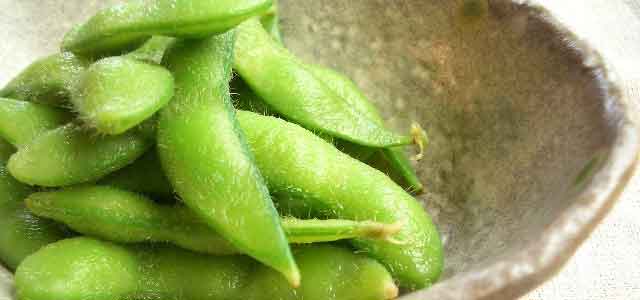
The fact is, soy is used a lot less than people think as part of the standard diet in Asia. Unlike what the big businesses might claim, soy hasn’t been as much of a staple in Asia as most would have you think. Research into the history of how soy was used in Asia demonstrates to us that it was mostly the needy who employed it as part of their diet during instances of severe food shortage. Even with all of that the soybeans were carefully prepared (e.g. by extended fermentation) to ruin the soy toxins and keep them healthy. Yes, the Asians understood soy all right!
Several vegetarians in the United States, Europe, and Australia would believe nothing of having 8 oz (about 220 grams) of tofu and soy milk per day, 2 or 3 times weekly. But this really is considerably more than what Asians commonly consume; they usually use their meals with just very small portions of soy in it, if any at all. It also needs to be mentioned that soy isn’t the chief source of nutritional protein and that a routine of calcium set tofu and soymilk bears small resemblance to the soy that is typically being consumed in Asia.
According to KC Chang, editor of Meals in Chinese Tradition, the total calorie intake from soy in a Chinese diet in the 30’s was just 1.5%, compared with 65% for pork. For more details about the conventional usage of these types of products, feel free to get into contact with the Price Pottenger Nutrition Foundation.
The main problem we have about the eating of huge quantities of soy is that there’s a danger of mega-dosing on isoflavones. If soy consumers follow the guidance of Protein Technologies International (makers of isolated soy protein) and eat 100 grams of soy protein per day, their daily genistein consumption could easily surpass 200 milligrams per day. This amount of genistein consumption should undoubtedly be prevented. For comparison, it will be noted that Japanese men consume, normally, less than 10 milligrams of genistein daily.
Ever think about the conventional use of soy in infant feeding?
Ever noticed the business line that “soy formulas should be secure because Asian babies have been consuming soy for centuries?” Also setting the report straight, soy was rarely employed in infant feeding in Asia.
Ernest Tso is the one who was the most knowledgeable about creating the first soymilk based diet, which was able to keep a baby fed for the first eight months of existence. A writer in the Chinese Journal of Physiology in 1928, Tso noted that soybean milk is an indigenous food used in particular components of the nation as a morning beverage, however as the main diet for kids it’s little utilized. Its nutritive qualities as a meal for youthful infants are almost unknown.
Eight years after that, Tso’s opinions were still valid. Writing in the 1930’s, Dr RA Man of the Section of Community Health of the Peiping Union Medical University discovered it “relevant to observe that we’ve never found soybean milk normally utilized by Peiping girls to feed their kids. As a warm, very weak remedy of soybean protein, this drink is not created in the house in Peiping but is offered by street vendors and it is generally drunk by aged individuals instead of tea. The milk, as strengthened for the feeding of young babies, is challenging and quite dull. “
